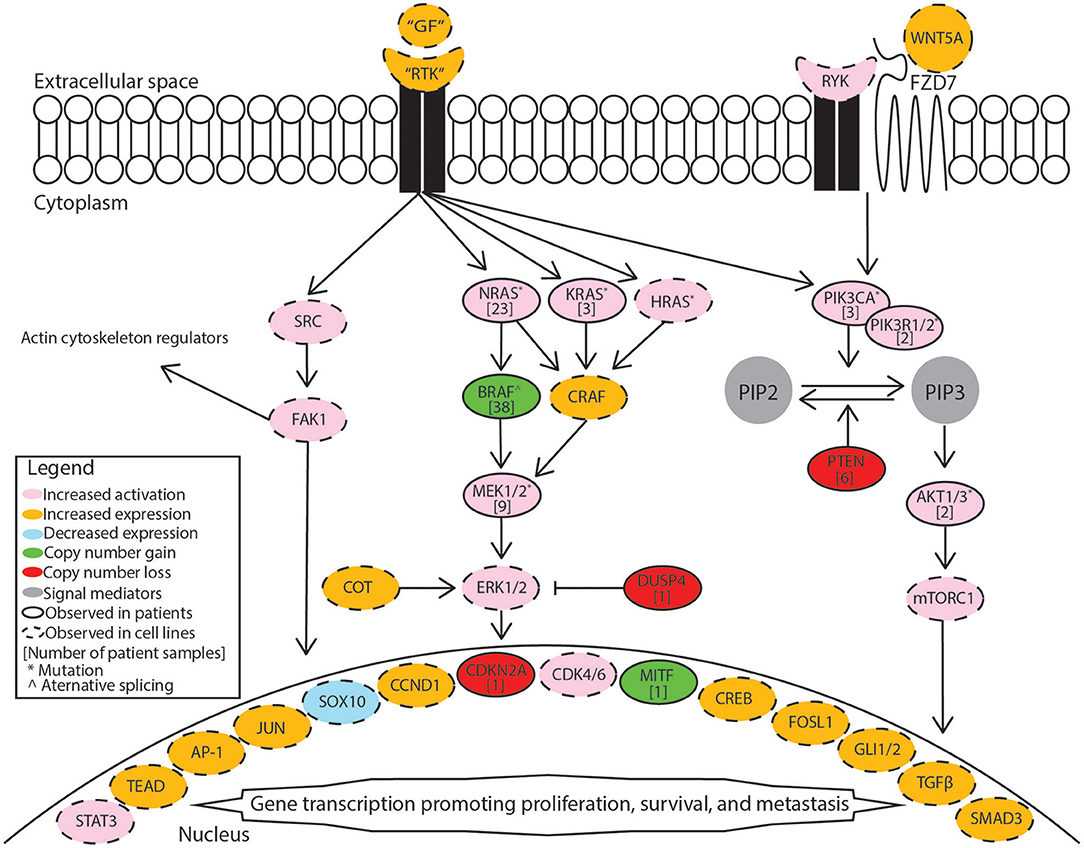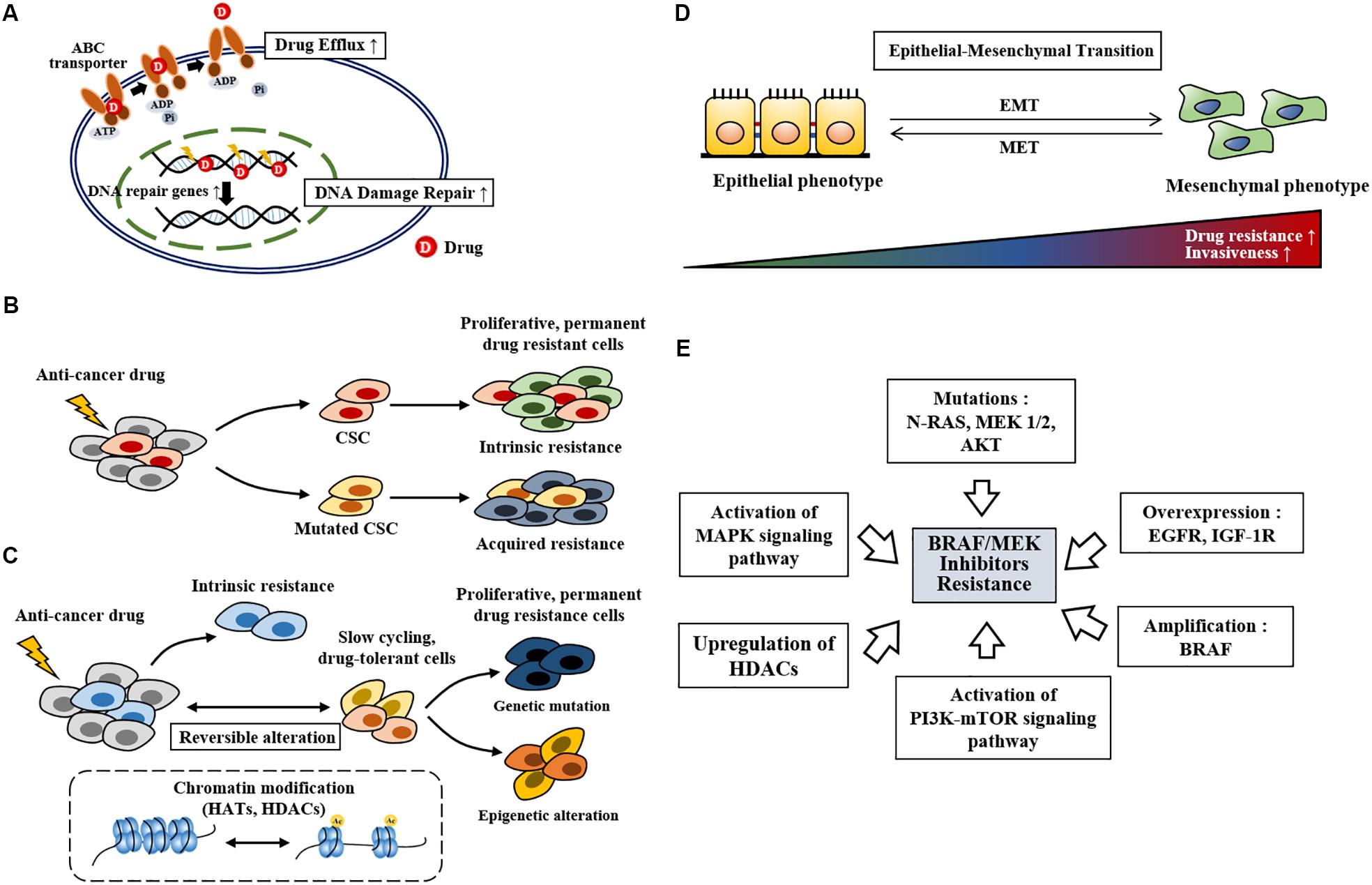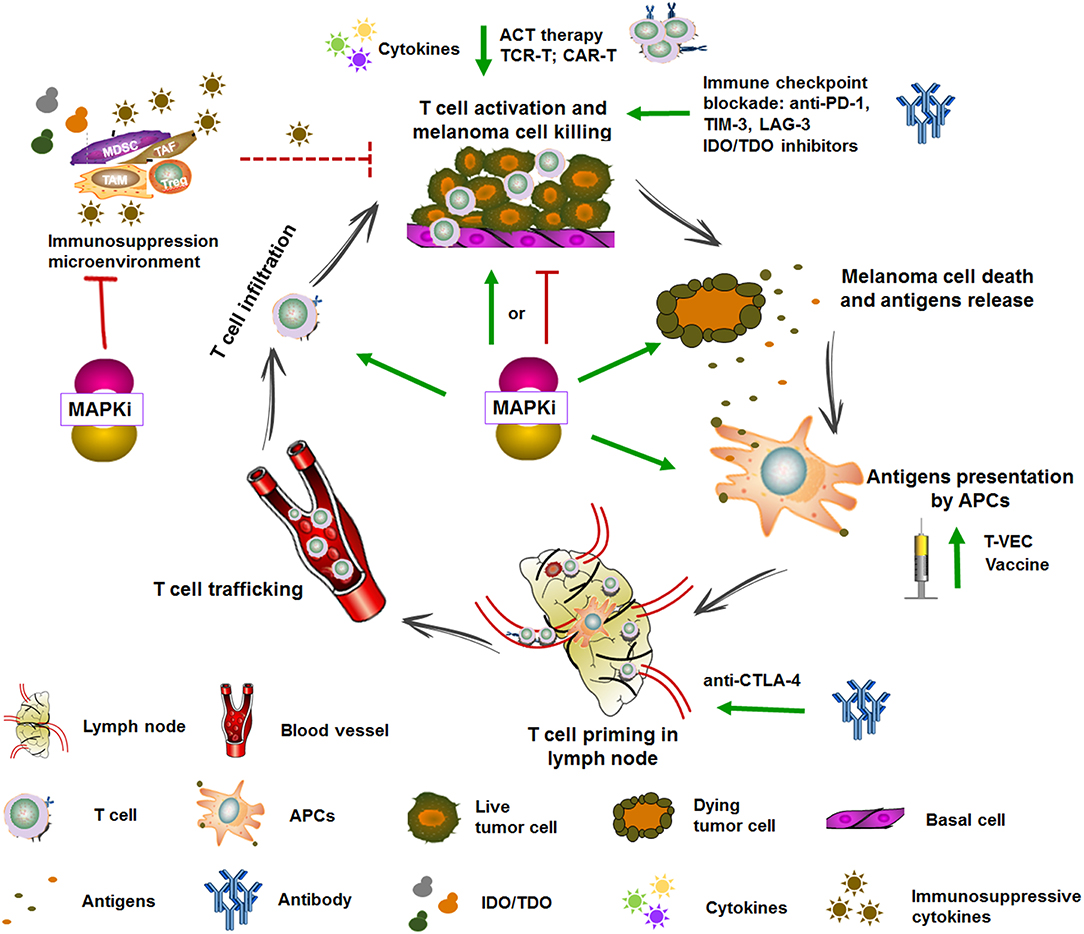Life Insurance Blog | Investing and Learn Investing
Introduction
In recent years, targeted therapies have revolutionized the field of cancer treatment. Among these innovative treatments is a class of drugs known as BRAF inhibitors.
But what exactly are BRAF inhibitors, and how do they work? In this article, we will explore the fascinating world of BRAF inhibitor chemotherapy and its implications for cancer patients.
Whether you’re an investor looking to learn more about this promising field or simply curious about the latest advancements in cancer research, read on to discover the ins and outs of BRAF inhibitors.
What is a BRAF Inhibitor?
A BRAF inhibitor is a type of targeted therapy that plays a crucial role in the treatment of certain types of cancers. To understand the significance of BRAF inhibitors, it is important to delve into the role of the BRAF gene in cancer development.
The BRAF gene, found in humans, encodes a protein called B-Raf kinase. This protein forms part of a signaling pathway responsible for regulating cell growth and division. However, when mutations occur in the BRAF gene, it can lead to uncontrolled cell growth and contribute to the development of various cancers.
BRAF inhibitors belong to a class of drugs specifically designed for targeted therapies. Unlike traditional chemotherapy that affects both healthy and cancerous cells, targeted therapies aim to selectively attack specific molecules or pathways involved in cancer growth.
By focusing on mutated forms of the BRAF protein, these inhibitors offer a more precise approach to treating certain types of cancers.
The primary mechanism by which BRAF inhibitors work is by blocking the activity of mutated forms of B-Raf kinase proteins within cancer cells. By inhibiting this abnormal signaling pathway, these drugs effectively slow down or even halt the growth and spread of tumors.
This targeted approach not only increases treatment efficacy but also minimizes potential side effects associated with traditional chemotherapy.
In summary, BRAF inhibitors are an innovative type of targeted therapy that specifically target mutated forms of the BRAF protein. By inhibiting this abnormal signaling pathway within cancer cells, these drugs have shown promising results in slowing down or halting tumor growth.
The use of BRAF inhibitors represents a significant advancement in cancer treatment approaches and offers new hope for patients battling certain types of cancers.
The Development and Approval of BRAF Inhibitors
BRAF inhibitors have transformed cancer research by targeting specific mutations in the BRAF gene, particularly in melanoma. These inhibitors emerged from groundbreaking research that identified the role of these mutations in cancer development.
Significant milestones and clinical trials paved the way for their development, leading to FDA approval based on compelling data demonstrating their safety and efficacy in treating specific cancers. BRAF inhibitors offer personalized therapy options, improving patient outcomes and opening up new possibilities in precision medicine.
Ongoing research continues to advance this field, promising further advancements in harnessing the power of these inhibitors against various forms of cancer.
Common Types of Cancer Treated with BRAF Inhibitors
BRAF inhibitors have transformed the treatment of several types of cancer. Melanoma, a deadly skin cancer, was one of the first malignancies to benefit from these drugs. Real-life success stories highlight their effectiveness in shrinking tumors and improving survival rates.
Additionally, BRAF inhibitors show promise in treating colorectal cancer, lung cancer, and thyroid cancer. Ongoing research continues to uncover new opportunities for utilizing these inhibitors in various malignancies. The future of cancer treatment looks promising with the use of BRAF inhibitors.
Benefits and Limitations of Using BRAF Inhibitors
BRAF inhibitors offer advantages over traditional chemotherapy for treating cancers driven by specific genetic mutations. They selectively attack cancer cells, reducing side effects and improving patients’ quality of life.
Additionally, they have shown higher effectiveness against specific mutations, allowing tailored treatment plans based on individual molecular profiles. However, challenges include the potential development of resistance over time, which ongoing research aims to address through combination therapies or more potent inhibitors.
Cost is another limitation, as these innovative treatments can be more expensive than traditional chemotherapy options. Ensuring affordability and accessibility is crucial for equitable access to these potentially life-saving medications.
Combination Therapies Utilizing BRAF Inhibitors
To maximize the effectiveness of treatment and overcome resistance, researchers have been investigating combination therapies involving BRAF inhibitors. These therapies aim to enhance response rates and improve patient outcomes by combining BRAF inhibitors with other drugs or treatment modalities.
Clinical trials and real-world usage have provided valuable insights into successful combination therapies involving BRAF inhibitors. One approach is to combine these inhibitors with immunotherapies, which harness the power of the immune system to target cancer cells.
By utilizing immunotherapies alongside BRAF inhibitors, clinicians can potentially achieve a synergistic effect, boosting the body’s natural ability to fight cancer.
Another strategy involves combining BRAF inhibitors with other targeted agents. These agents specifically target different pathways or molecules that contribute to tumor growth. By targeting multiple aspects of cancer development simultaneously, combination therapies may reduce the likelihood of resistance and increase overall treatment efficacy.
In some cases, traditional chemotherapy regimens may also be combined with BRAF inhibitors. While chemotherapy is known for its broad-spectrum approach in killing rapidly dividing cells, it can be enhanced when used in conjunction with targeted therapies like BRAF inhibitors.
This combination allows for a more comprehensive attack on cancer cells while potentially reducing side effects associated with higher doses of chemotherapy.
It is worth noting that not all combination therapies involving BRAF inhibitors have been successful. However, ongoing research continues to explore new combinations and refine existing ones, aiming to identify optimal treatment approaches for different types of cancers.
Overall, combination therapies utilizing BRAF inhibitors hold great promise in the field of cancer treatment. By integrating different approaches and leveraging the strengths of various drugs or treatments, clinicians strive to provide patients with more effective options and improved outcomes in their battle against cancer.
Future Directions and Promising Research in the Field
Ongoing research in the field of targeted cancer therapies aims to improve current BRAF inhibitor treatments. Scientists are exploring novel drug formulations, combination strategies, and identifying additional genetic mutations or pathways that can enhance treatment response rates.
Additionally, researchers are investigating other genetic alterations and signaling pathways involved in cancer growth, which may lead to the development of new classes of targeted therapies. Efforts are also focused on overcoming resistance mechanisms that limit the effectiveness of existing treatments.
These advancements hold promise for personalized medicine approaches and improved outcomes for a broader range of cancer patients.
Tips for Investing in Companies Developing or Utilizing BRAF Inhibitor Chemotherapy
When investing in companies involved in developing or utilizing BRAF inhibitor chemotherapy, thorough analysis is essential. Consider factors such as clinical trial success rates, intellectual property protection, regulatory approvals, and market demand.
Assessing risk-reward profiles and conducting due diligence is crucial before making investment decisions. By evaluating research pipelines, financial stability, partnerships, and relevant factors, investors can identify potential opportunities in this sector.
Conclusion
BRAF inhibitor chemotherapy has revolutionized cancer treatment by offering a targeted approach for patients with specific genetic mutations. From melanoma to lung cancer and beyond, these inhibitors show promise in improving patient outcomes and reducing side effects compared to traditional chemotherapy.
Staying informed about the evolving landscape of targeted therapy is crucial for investors and those interested in advancements in precision medicine. By contributing to the advancement of precision medicine, we can potentially make a difference in the lives of countless individuals battling cancer.
[lyte id=’bP8HsA2YPzI’]


